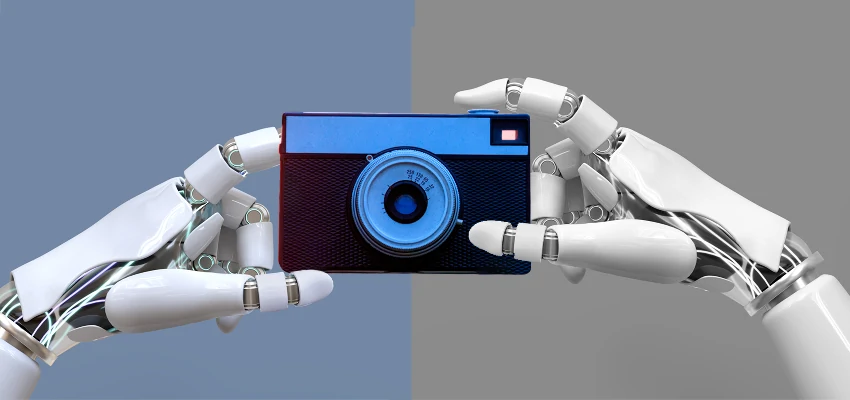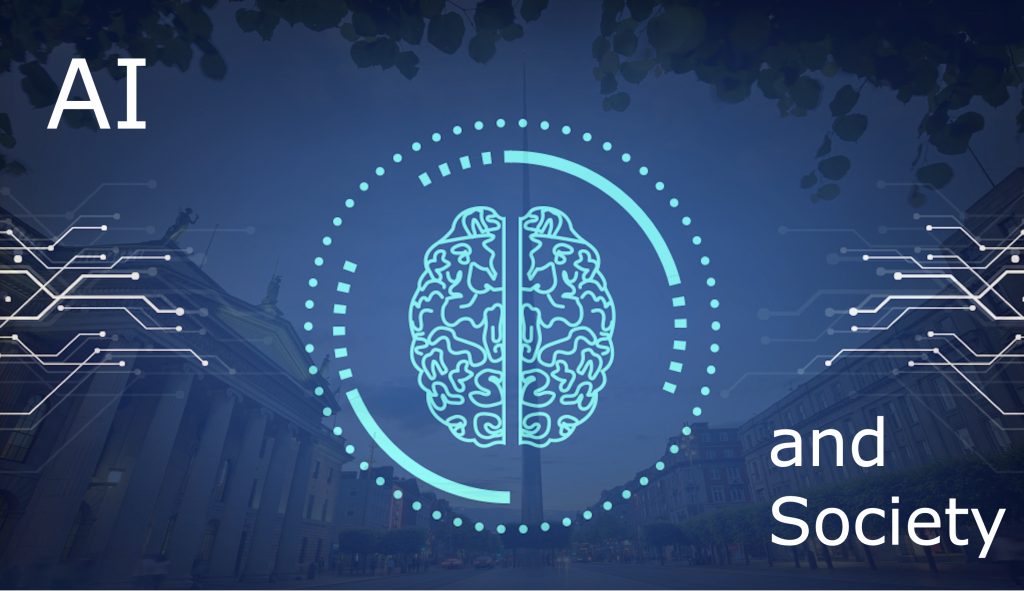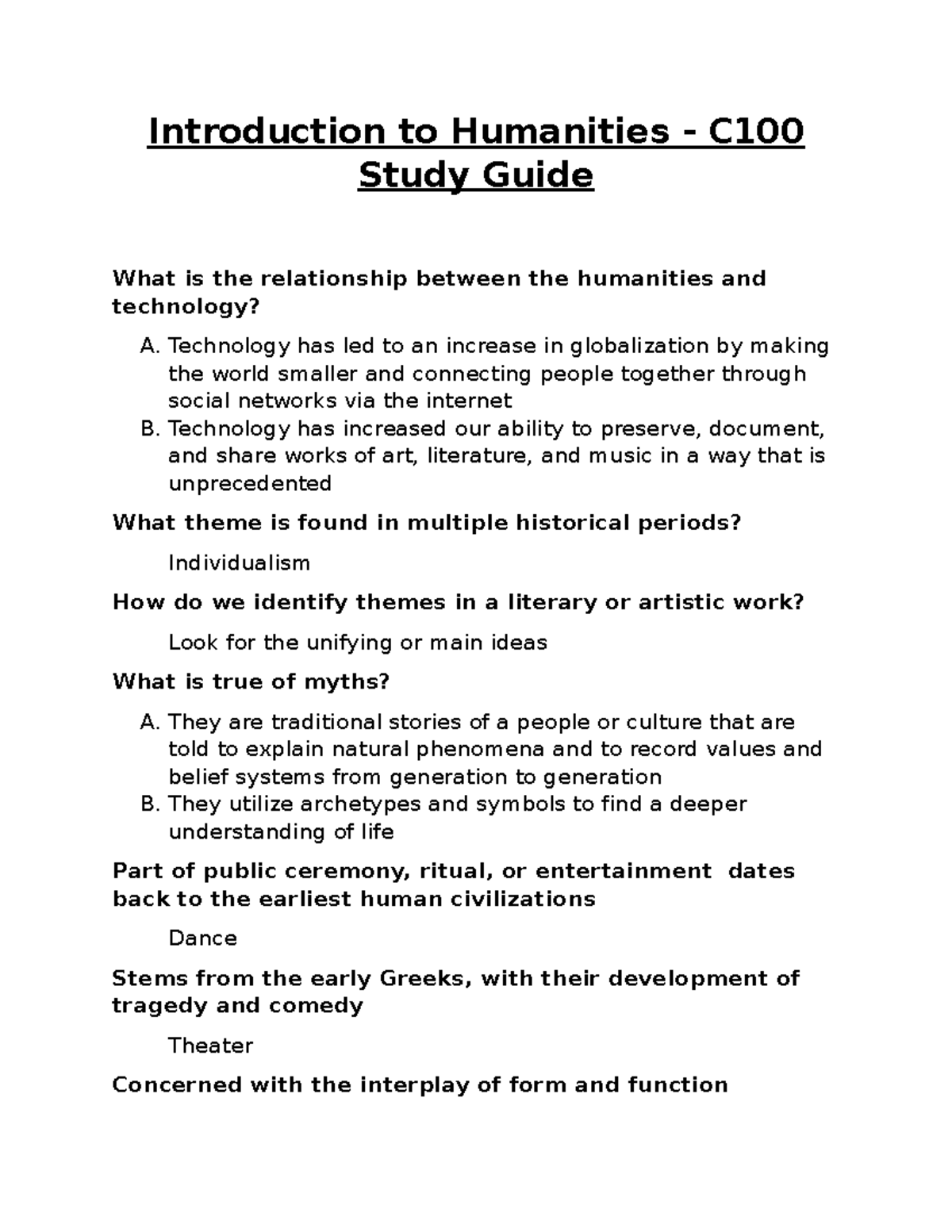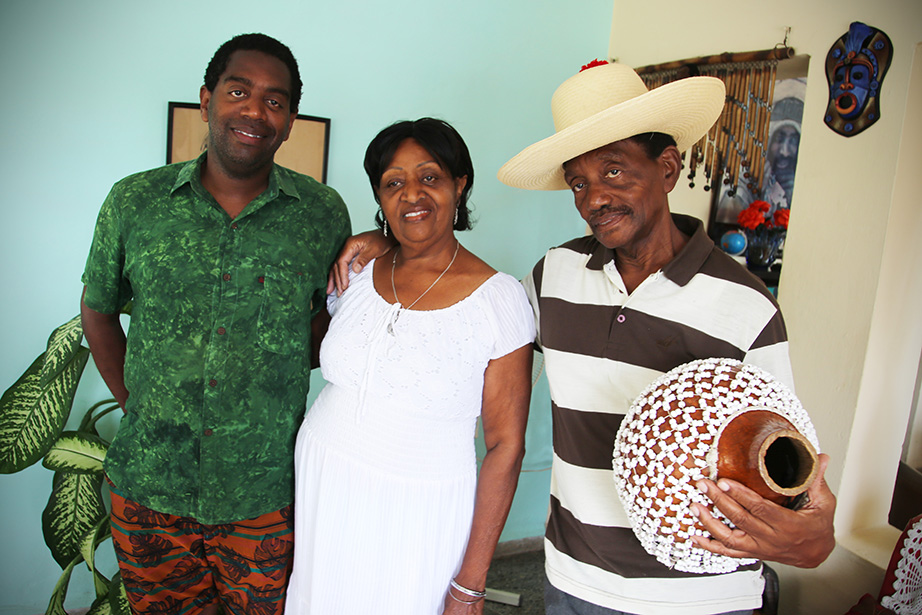AI in photojournalism represents a groundbreaking intersection of technology and storytelling that has the potential to redefine the industry. As artificial intelligence photography evolves, it raises critical questions about the preservation of historical archives and the integrity of visual storytelling. Emmy award-winning visual storyteller Kira Pollack is at the forefront, exploring how photojournalism technology can harness AI to safeguard invaluable photo collections that document key moments in history. This transformative approach not only aims to protect the legacy of pioneering photojournalists but also seeks to ensure the future of photography remains rooted in authenticity and truth. By integrating these advancements, Pollack envisions a world where AI becomes a powerful ally in preserving photo archives and enhancing the narrative depth of our visual media.
The integration of artificial intelligence within the realm of photography is igniting discussions about its impact on visual journalism. Notably, this innovation prompts a shift in how we preserve essential collections of imagery that narrate our collective history. Kira Pollack’s initiative highlights the potential of leveraging advanced technologies to maintain the authenticity of photo documentation while adhering to ethical standards. This exploration of technology in the art of visual storytelling not only raises awareness of the threats posed by synthetic media but also emphasizes the crucial role of AI in enriching our understanding of crucial events. As we venture into the evolving landscape of imagery, the focus remains on responsible practices to ensure photography upholds its foundational values of truth and memory.
The Role of AI in Preserving Photojournalism Archives
In today’s fast-evolving digital landscape, the archival integrity of photojournalism hangs in the balance. AI technology, while presenting threats like image fabrication and copyright infringement, also harbors the potential to function as a powerful ally. Emmy award-winner Kira Pollack is navigating this dual-edged sword by investigating how artificial intelligence can help to safeguard the invaluable archives of photojournalists. By harnessing AI, we can create robust systems that catalog, organize, and preserve the myriad images that encapsulate historical events, ensuring that these visual narratives are not lost to time.
The challenge lies not just in preservation, but in making these archives accessible and accurately represented. AI can enhance the discoverability of photojournalistic images through intelligent tagging and context analysis, and it can do so without compromising the authenticity of the works. By employing algorithms that respect copyright and maintain clear authorship, the integrity of the visual storytelling is upheld. Pollack’s initiatives highlight a crucial turning point: they provide a framework for leveraging AI technology to create a more cohesive understanding of the past, all while bolstering the foundational principles of truth and memory in photojournalism.
Visual Storytelling: AI’s Impact on Narrative Depth
Artificial intelligence is revolutionizing visual storytelling by unlocking a deeper understanding of images that transcend surface-level analysis. In her research, Kira Pollack explores how AI can interpret the nuanced complexities embedded in photojournalism, enhancing the storytelling potential of each photograph. For instance, AI’s ability to analyze emotional cues, contextual elements, and the composition of a shot provides listeners with a richer narrative experience. Instead of merely viewing an image, audiences can engage with a multi-layered story that immerses them into the historical moment captured by the photographer.
Furthermore, the integration of AI into visual storytelling allows for the contextualization of photographs within broader historical narratives. As Pollack’s collaborative studies demonstrate, AI can enumerate essential details such as emotions displayed, symbols present, and even the stories behind the subjects of a photo. By making these insights available, audiences can gain a more profound appreciation for the complexities surrounding the subject matter. This kind of detailed analysis not only elevates the photograph itself but also fosters a greater dialogue around the ethical implications and responsibilities inherent in photojournalism.
Navigating Copyright Challenges in the Age of AI
As the lines between generated images and authentic photography blur, the question of copyright in photojournalism has become increasingly paramount. The rise of generative AI technologies poses significant threats to the ownership rights of photographers, raising concerns about the unauthorized use of their works for training AI models. Kira Pollack’s research addresses these pressing issues by examining how photojournalists can protect their intellectual property while still embracing the potential benefits of AI technology. Navigating these complexities demands clear guidelines on authorship and user consent, ensuring that artists retain control over their creations.
Ultimately, establishing a framework that balances the advancements offered by AI with the legal and ethical rights of photographers is crucial for the future of photojournalism. Pollack emphasizes the urgency of fostering dialogue around these topics, inviting technologists, ethicists, and policymakers to collaborate in crafting solutions. Protecting the artistic integrity of photojournalism while embracing innovation is not just desirable; it is essential to the continued credibility and trust within the industry.
The Future of Photography: Embracing Change
The landscape of photography is undergoing profound evolution with the advent of new technologies, particularly AI. As Kira Pollack points out, there exists an imperative to not merely react to these changes but to actively shape the future of the craft. The prospect of integrating AI into photography offers exciting avenues for exploration; it opens new realms of creativity while also presenting real challenges that must be navigated carefully. Photographers today have the unique opportunity to redefine their roles and adapt their practices in ways that enhance their storytelling abilities amidst this evolving digital backdrop.
Moreover, the future of photography may involve a blend of traditional techniques with innovative tools that enhance the art form. By embracing change, photojournalists can explore new methodologies for capturing and presenting images, allowing their work to resonate more deeply with audiences who consume content across a plethora of platforms. The integration of AI in photography should be viewed not solely as a threat, but rather as a catalyst for transformation that maintains the core values of the industry, such as truth and visual storytelling.
Ethics and AI: Striking a Harmonious Balance in Photojournalism
As photojournalism grapples with the emergence of AI, ethical considerations become ever more critical. Kira Pollack’s initiatives highlight the responsibility of photographers to engage thoughtfully with technology while safeguarding the essence of their work. The ethical deployment of AI must prioritize transparency, ensuring that the origin of images and their manipulated attributes are clear to the public. These discussions are essential in maintaining the credibility of photojournalism in an era characterized by misinformation and synthetic content.
Moreover, addressing ethical concerns isn’t just a matter of adherence to current standards; it is an ongoing conversation involving stakeholders from various fields. By fostering collaborative dialogues among photographers, technologists, and ethicists, the photojournalism community can establish best practices that uphold ethical standards and equity in representation. Pollack advocates for a concerted effort to weave ethics into the fabric of photojournalism as it intersects with technology, ensuring that the integrity of visual storytelling is preserved for generations to come.
Utilizing AI for Enhanced Visual Contextualization
One of the profound ways AI technology can benefit photojournalism is by enhancing visual contextualization. Kira Pollack’s work focuses on the potential of AI to analyze and interpret images on multiple levels, providing deeper insights that are vital for meaningful storytelling. This extended analysis can illuminate the emotions, events, and narratives captured in a photograph, allowing audiences to glean a fuller understanding of the story behind an image. By examining elements like framing, symbolism, and emotional resonance, AI can augment the viewer’s experience, offering context that may have been previously overlooked.
As AI continues to develop, the implications for how stories are told and understood in photojournalism are immense. It allows for a richer dialogue around the implications of the work captured, inviting audiences to engage in a more nuanced understanding of historical and current events. Pollack’s advocacy for merging AI capabilities with traditional photojournalism methods speaks to the promise of a collaborative future where technology serves to enhance the ethical storytelling tradition, not dismantle it.
The Intersection of Technology and Photographic Truth
In light of the rapid technological advancements threatening the established norms of photojournalism, a pivotal focus for Kira Pollack is to reinforce the concept of photographic truth in the digital age. Technology can distort our perceptions of reality, and as AI tools become more sophisticated, the challenge remains to discern what is authentic. Pollack emphasizes the importance of using AI as a tool for enhancing visual truth rather than compromising it. By mapping out clear guidelines and ethical standards, photojournalism can harness technological advancements in a manner that amplifies rather than undermines the integrity of the visual record.
The life of visual storytelling lies in its ability to communicate authenticity and human experiences, and Pollack’s work seeks to highlight that connection amidst the noise of misinformation. As AI poses new questions about the nature of truth in images, it also offers opportunities to refine and clarify the narratives we strive to tell. With the right frameworks in place, photojournalism can emerge from this technological evolution not only intact but transformed, ensuring that the essence of truth endures amidst the innovations and changes on the horizon.
Engaging Diverse Perspectives on the Future of Photography
The prospect of AI in photojournalism invites a chorus of voices from various disciplines to converge on topics critical to the future of visual storytelling. Kira Pollack’s fellowship provides a platform for discourse among technologists, ethicists, and seasoned journalists who explore the profound implications of these changes. Through these collaborative dialogues, the global photojournalism community can weigh the opportunities against the challenges posed by new technologies. Understanding diverse perspectives not only fosters innovative solutions but also cultivates a culture of inclusivity that strengthens the fabric of the profession.
In this age of rapid technological change, inviting dialogue contributes to shaping the narrative around the future of photography. Pollack’s work underscores the necessity of interdisciplinary collaboration, where each participant contributes insights that enrich the understanding of the ethical and practical dimensions of AI integration into photojournalism. By collectively engaging with the complexities of the digital landscape, the industry can forge ahead with a vision of photography that embraces both its storied past and its dynamic future.
Harnessing AI to Revitalize Photojournalism
As the challenges of the AI era continue to evolve, there lies a unique opportunity to revitalize photojournalism through strategic application of technology. Kira Pollack advocates for a proactive stance: rather than viewing AI solely as a disruptor, industry professionals can temper its potential harms by leveraging its capabilities to bolster authentic storytelling. Through the thoughtful design and implementation of AI tools, photojournalists can uncover previously hidden narratives within their archives and amplify the impact of their work on audiences.
Pollack’s ongoing research explores innovative methods to integrate AI for enhancing workflows and discovering untapped material within vast archives. By streamlining processes and revealing new interpretations of established photographs, there is an exciting prospect for reinvigorating visual storytelling in photojournalism. This fusion of technology and art forms a partnership that not only preserves history but ensures that the stories told through images remain dynamic, relevant, and engaging as they adapt to an ever-changing media landscape.
Frequently Asked Questions
How is AI transforming photojournalism technology today?
AI is revolutionizing photojournalism technology by enhancing the way images are analyzed, categorized, and preserved. Artificial intelligence photography tools enable quick assessment of vast archives, ensuring that significant visual stories are not lost and allowing for better organization and context in photojournalism.
What role does AI play in preserving photo archives for photojournalists?
AI plays a crucial role in preserving photo archives by automating the cataloging process, analyzing images for contextual information, and identifying important narratives within the archives of photojournalists. This helps safeguard these visual histories before they deteriorate or become inaccessible.
Can visual storytelling AI help enhance the impact of photojournalism?
Yes, visual storytelling AI can enhance the impact of photojournalism by analyzing and interpreting images in ways that highlight the emotional and contextual depth of photographs. By using AI to extract insights from images, photojournalists can create more powerful narratives that resonate with audiences.
What are the ethical considerations of using AI in photojournalism?
The ethical considerations of using AI in photojournalism include safeguarding against copyright violations, ensuring proper attribution of images, and addressing concerns about authenticity in visual storytelling. It’s vital to utilize AI responsibly to protect the rights and integrity of photojournalists and their work.
How does AI address the challenges faced by the future of photography?
AI addresses the challenges of the future of photography by providing innovative solutions for managing and preserving content. It helps organize extensive archives, improves accessibility to historical images, and ensures that significant visual documentation remains discoverable amidst the changing landscape of media.
| Aspect | Key Points |
|---|---|
| Impact of AI on Photojournalism | AI poses a threat to photography through copyright issues and synthetic images, yet it holds potential for preservation. |
| Kira Pollack’s Role | Kira Pollack is utilizing AI to preserve photojournalism archives, highlighting the importance of visual history. |
| Challenges Identified | 95% of photojournalistic work remains unseen; the need for preserving this vital visual record is urgent. |
| AI Research Focus | Pollack explores using AI to catalog archives while ensuring ethical use protecting photographers’ rights. |
| Use Cases | Case studies with AI analyzing conflict images, improving understanding and preserving contextual narratives. |
| Future Aspirations | To engage with diverse perspectives on technology’s implications for photography and journalism. |
Summary
AI in photojournalism presents both challenges and opportunities in the continuously evolving landscape of image making. As professional visual storytellers like Kira Pollack investigate innovative applications of AI, the focus remains on safeguarding the integrity of photojournalistic work and preserving vital historical records. By harnessing AI technology responsibly, the sector can ensure that the authenticity and truth of the images are maintained, paving the way for enriched narratives and a more comprehensive understanding of our visual history.



